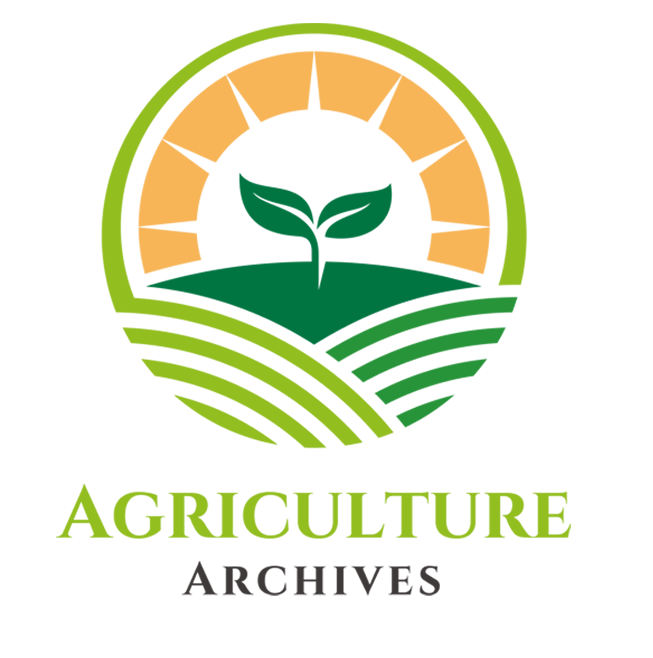Kalanamak, a landrace of rice (Oryza sativa L.), often referred to as “Buddha Home Rice” or ‘Buddha Rice,’ holds a significant place in the cultural and agricultural history of India. This heritage rice variety is believed to be blessed by Lord Buddha himself to the farmers of Bajaha village in Siddharthnagar district of U. P., some 3000 years ago. Facing extinction but due to the Bhagirath Prayas of one scientist, now touching the world market. parts of programme involved germplasm collection, followed by the pureline selection, hybridization and selection, and modern revival to reach to global level. Historically prized for its unique fragrance, taste, and nutritional benefits, Kalanamak rice saw a decline during the Green Revolution due to its lower yield compared to modern rice varieties.
However, the success of Kalanamak rice faces challenges, particularly in ensuring authenticity and quality control amidst the proliferation of counterfeit products. Advanced technologies such as blockchain and QR code-based traceability systems are proposed to combat these issues. Sustainable agricultural practices, ongoing research, and innovations are emphasized as crucial for the continued growth and environmental viability of Kalanamak rice cultivation.
